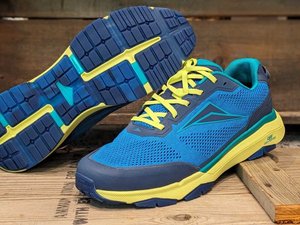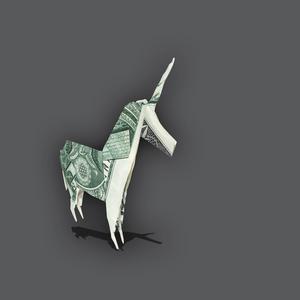
As the opioid crisis continues to rage, so does the fight. This series about how technology is being used to combat the crisis also continues, hoping to serve as a spotlight on how technology and startups are seeking solutions.
Hamilton County saw an increase in opioid overdose deaths in 2017. The statistics released in March 2018 from the Hamilton County coroner show 529 succumbing to overdose, compared with 403 in 2016 and 414 in 2015.
Last year, Ohio Governor John Kasich called on Ohio Third Frontier to find scientific solutions and technology to fight the epidemic. Through the Ohio Opioid Technology Challenge, which is “a three-phase, prize-based competition to find technology-based solutions that address or improve opioid abuse prevention, treatment and overdose avoidance and response,” technologists are coming together to find solutions to battle the crisis.
The ideation phase launched in October 2017 and closed in December 2017. Award winners were announced in January of 2018. The original call for proposals brought in quite a few pitches, with five pitches winning $10,000.
One of those winners is just up the road in Dayton, Ohio. Kelly Cashion, a research software engineer at the University of Dayton Research Institute, is applying her neurofeedback research to the opioid challenge. It's the technology used to scan the brain, using EEG, or an "electroencephalogram."
“We can show someone what is happening in a certain part of their brain and then use visualization tools and games to suppress or amplify that activity. This helps them control cravings and prevent a relapse,” Cashion said in a release.
Inspired in part by other researchers who are using neurofeedback to help solve other addiction issues, Cashion’s idea is to track an addicts' neurofeedback for the purpose of showing them their brain activity during cravings. Results can demonstrated through a graph or another interface, such as a game. Then, using this feedback, the addicts can work on developing balance, as well as an idea of when to reach out for help when they get the urge to use.
"We can show someone what is happening in a certain part of their brain and then use visualization tools and games to suppress or amplify that activity."
“People who are suffering from addiction tend to have too many fast brain waves, as opposed to the amount of slow brainwaves, so with neurofeedback you can provide an interface that shows those levels of activity," Cashion said.
A second benefit of the work would be its potential to identify a future addict, according to Cashion. This would work by reading current brainwaves and identifying characteristics of an addict, although she added that perfecting the technology wasn't currently priority.
The challenge, however, was. Cashion said she applied to the challenge because she believed neurofeedback would be a really good fit for its goals. The publicity has connected her to other researchers, and the award money has helped them fund some of their research.
The next phase of the competition is the “challenge” phase. The deadline is July 11, with winners being announced in September 2018. This second piece consists of four challenges: Diagnose, prevent, connect and protect.
Twelve $200,000 prizes will be awarded for the second phase, across the four challenges. Those who move on to the third and final “product” phase could potentially win $1 million or more, which will help them bring their product to the market.
Cashion’s idea falls under the "prevent" portion, as her idea will help addicts who could potentially relapse.
In preparation, her team is currently working to connect with psychologists who have experience with addiction. They are also applying to the Internal Review Board, so they can test their products on human subjects.








